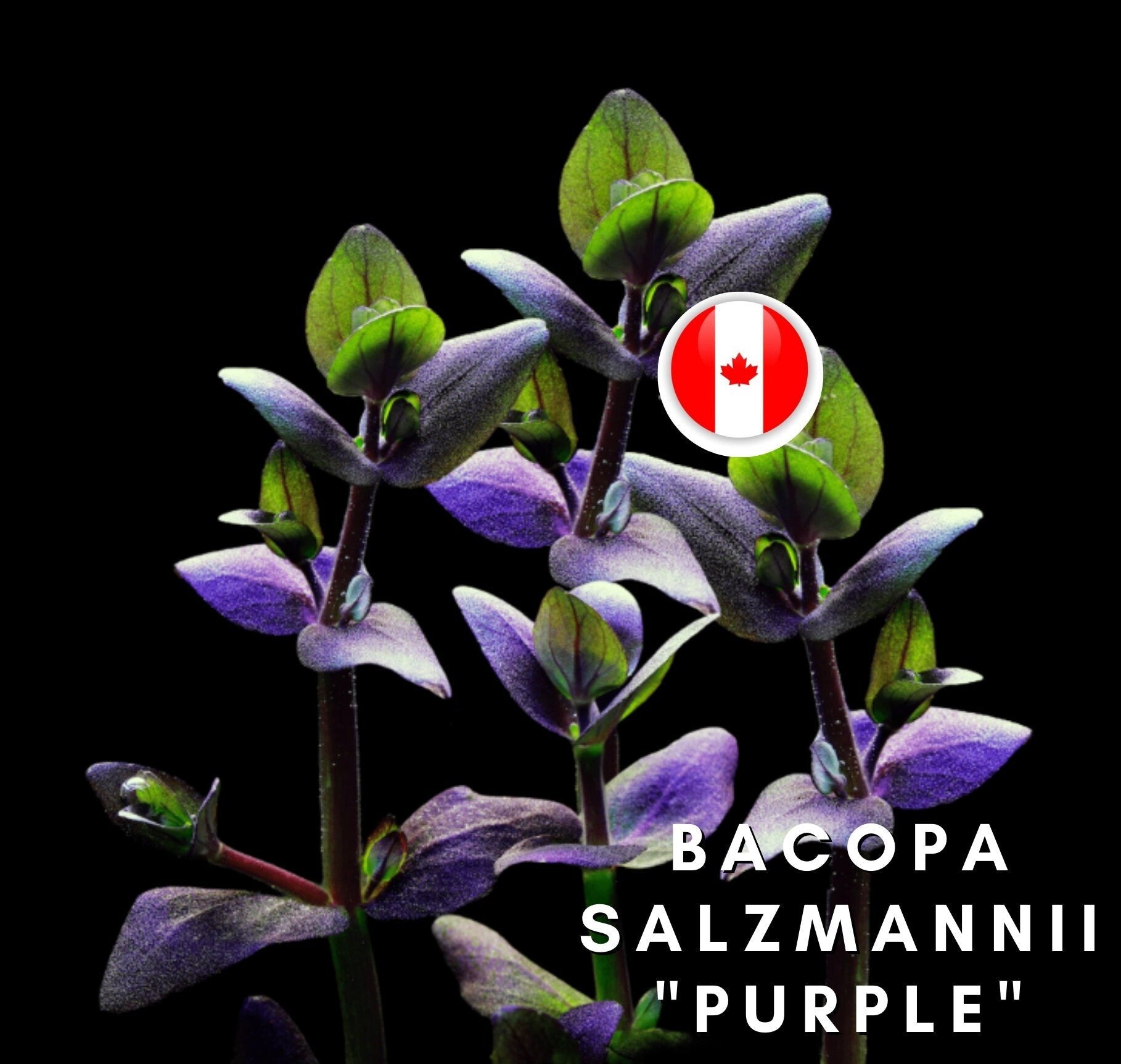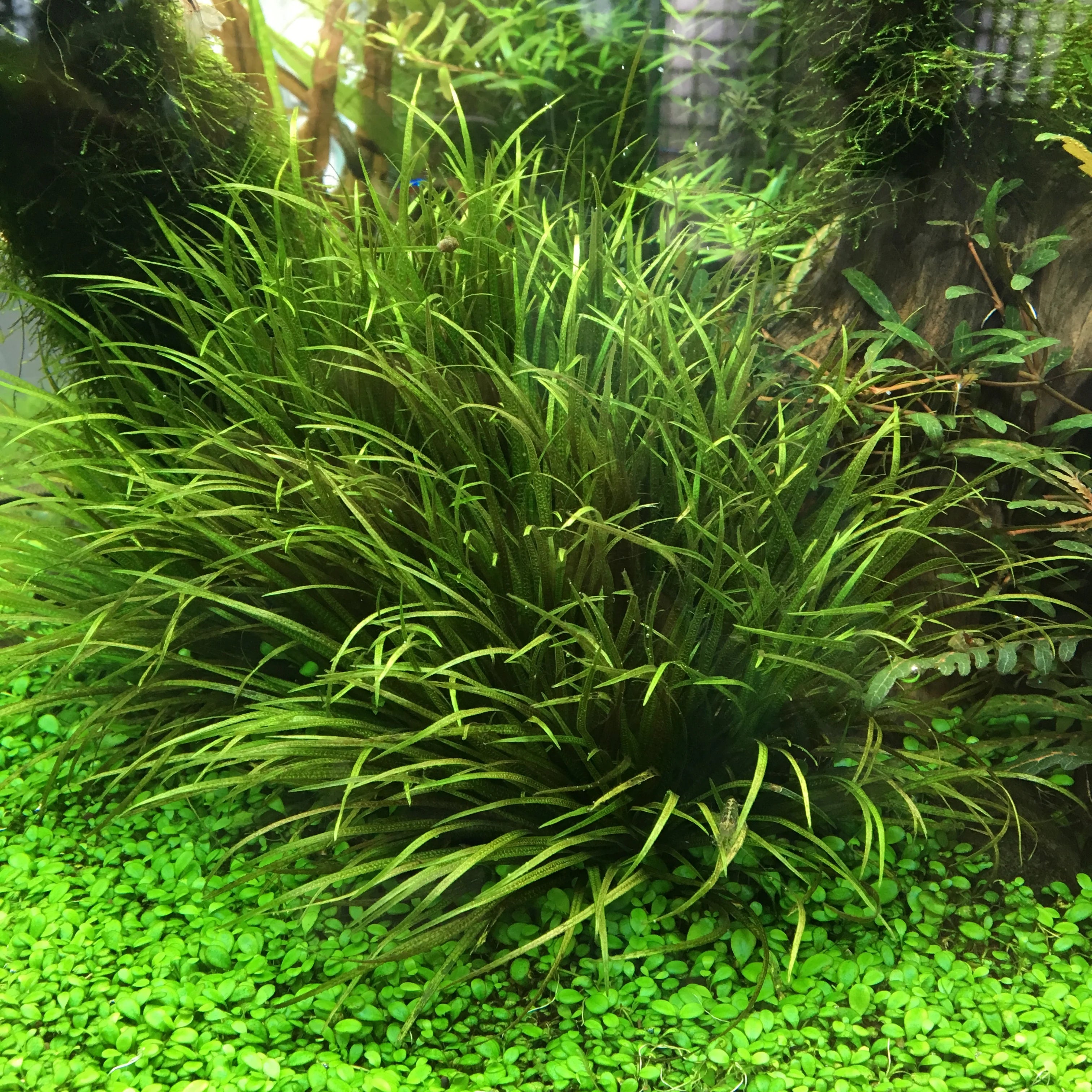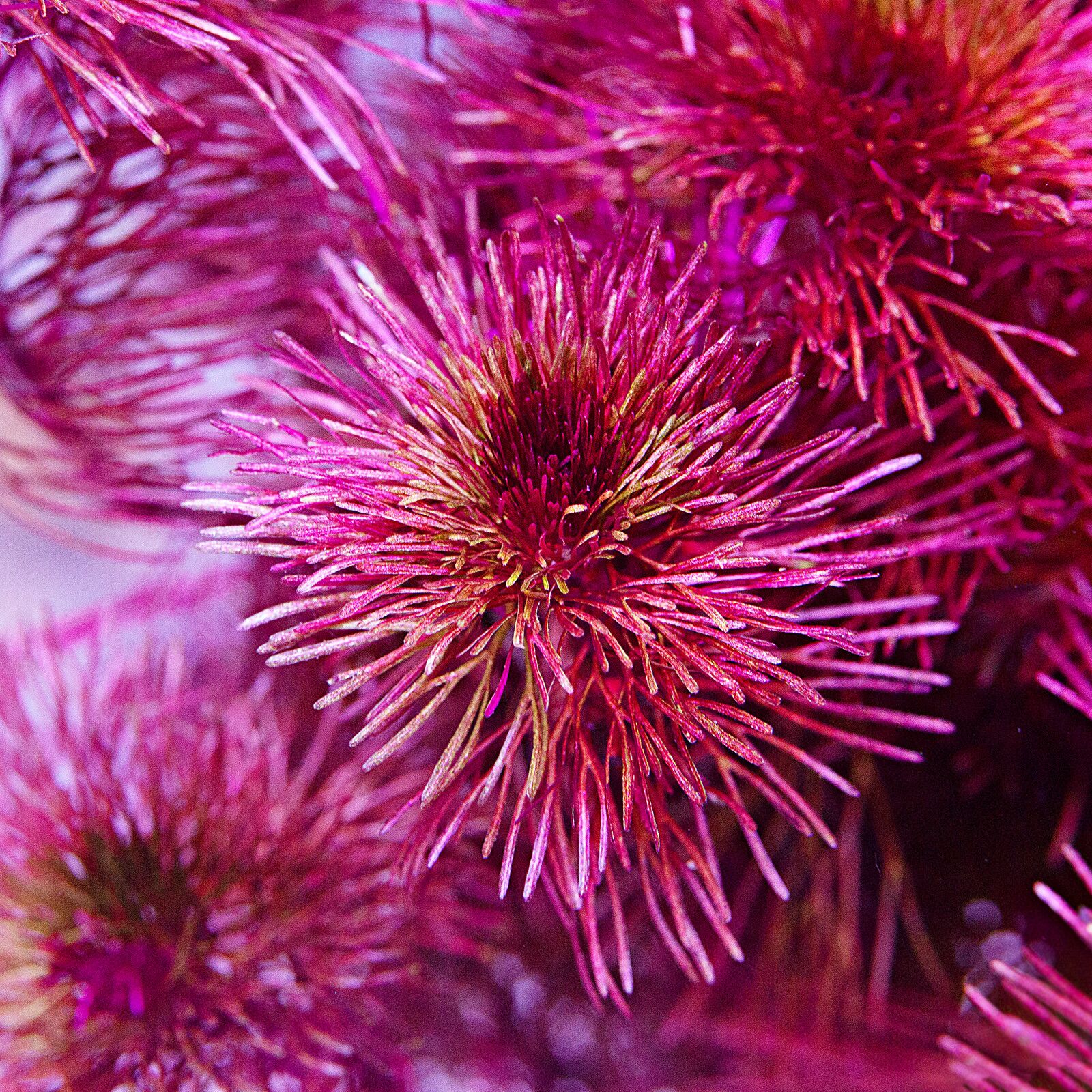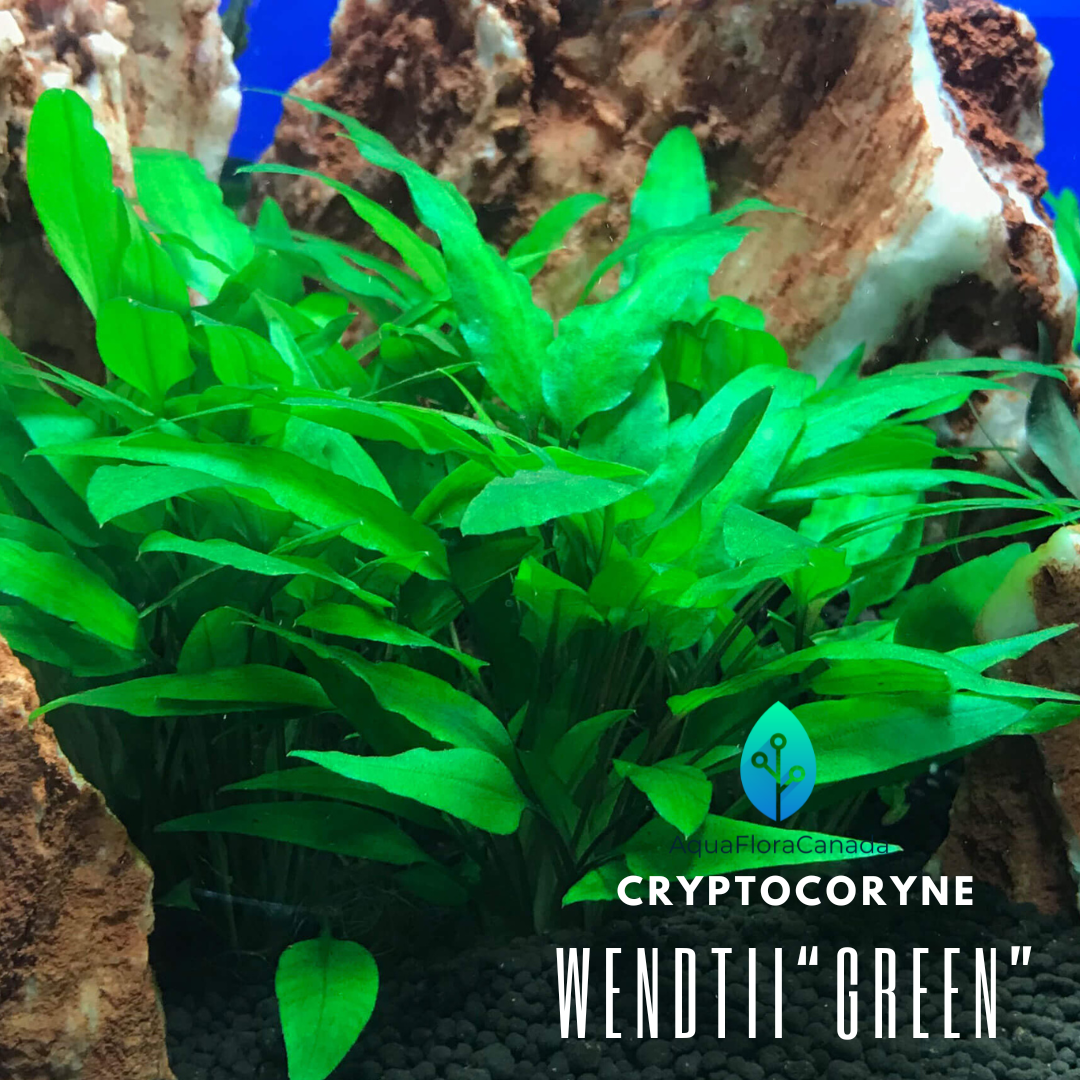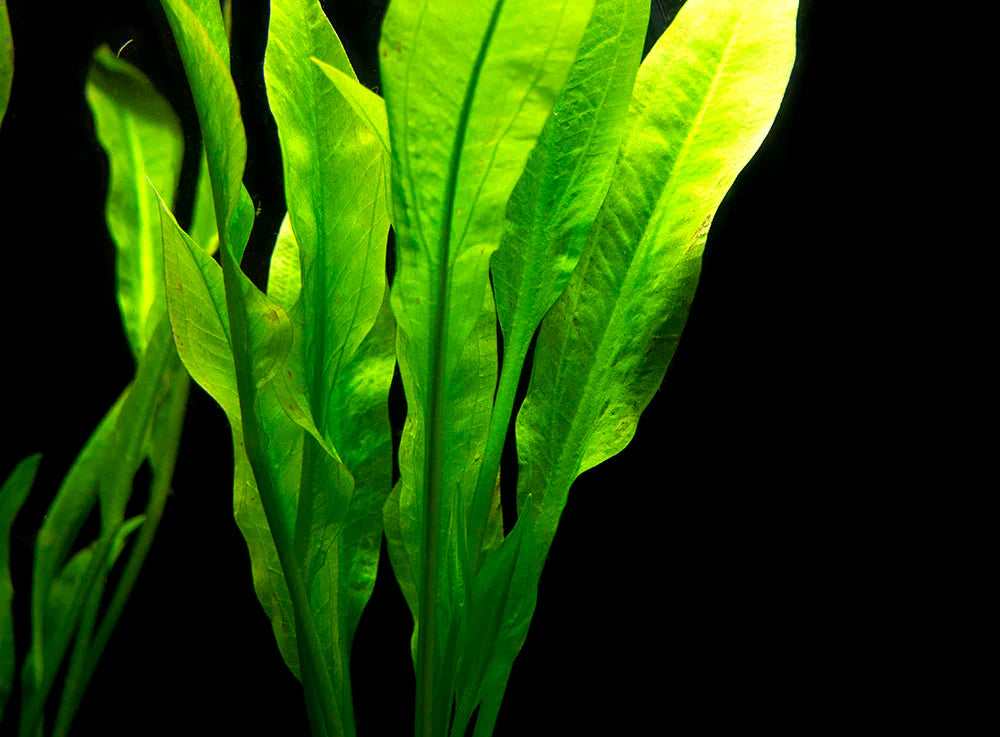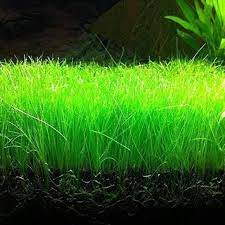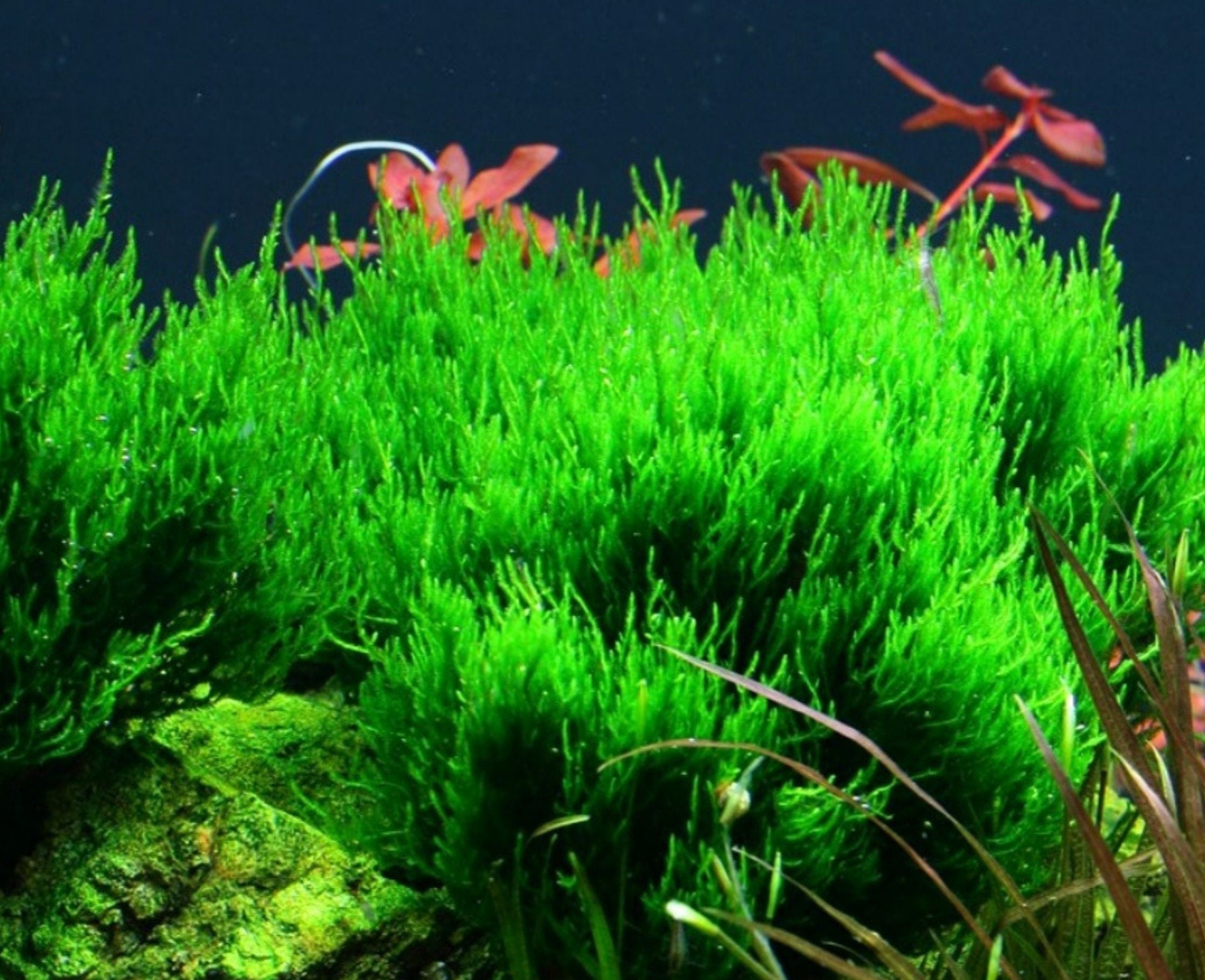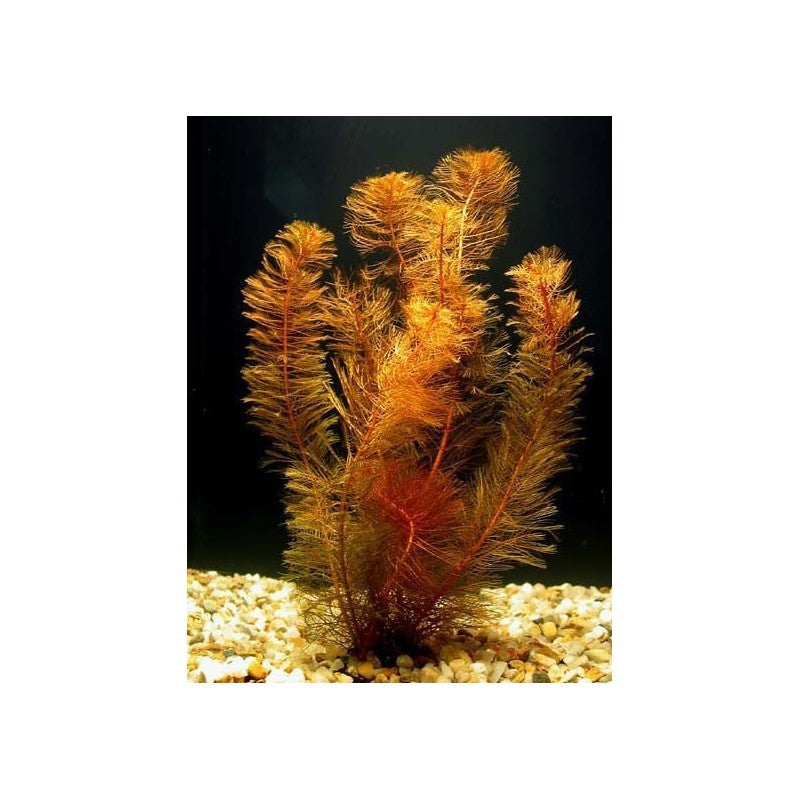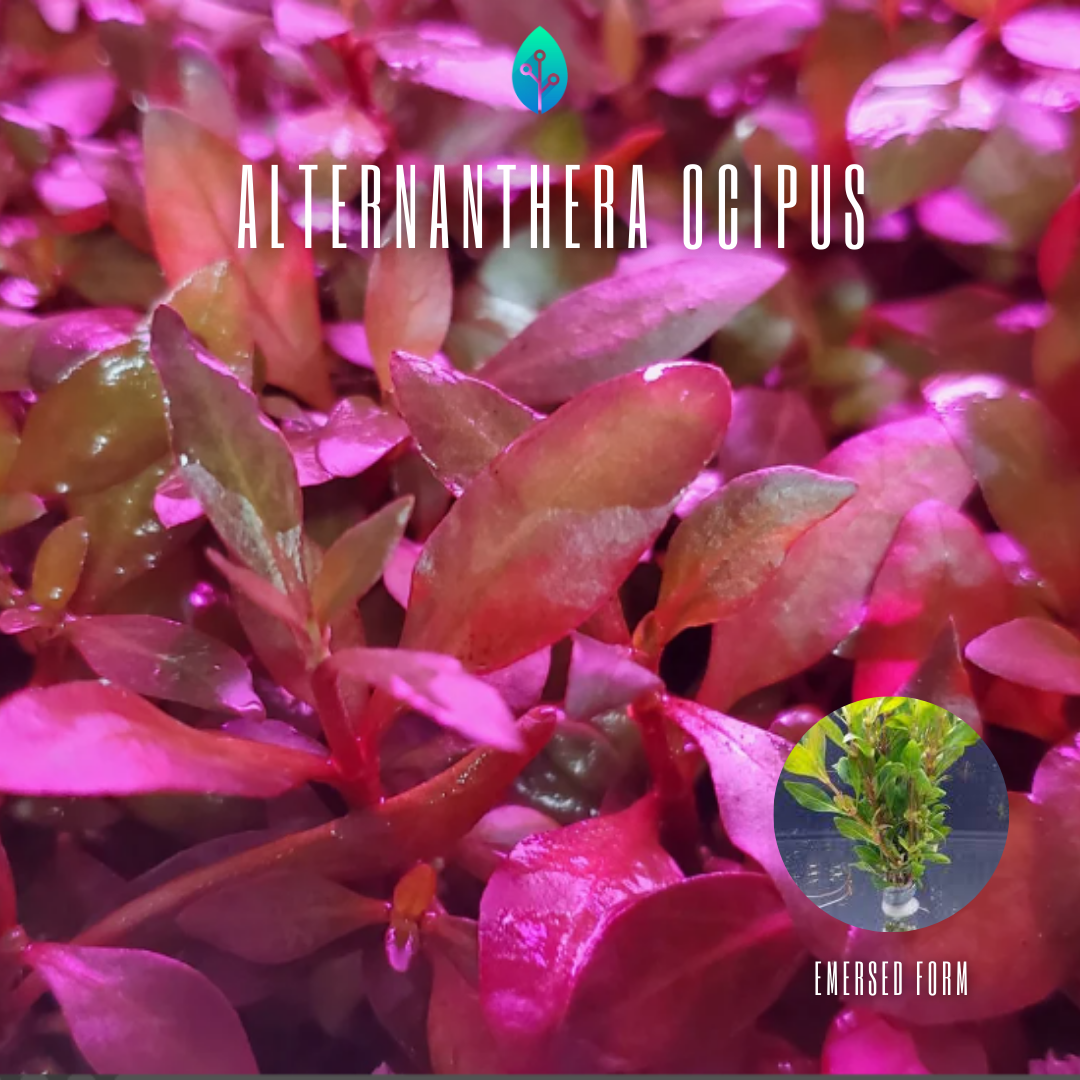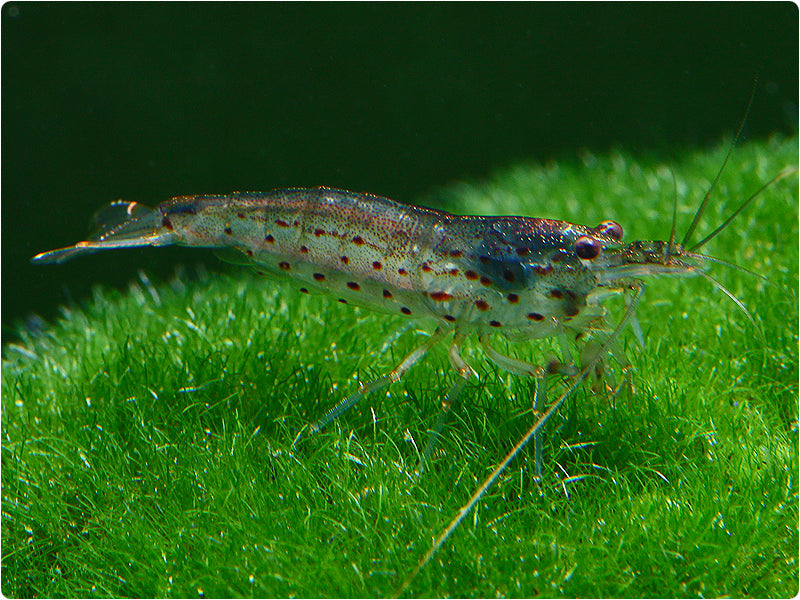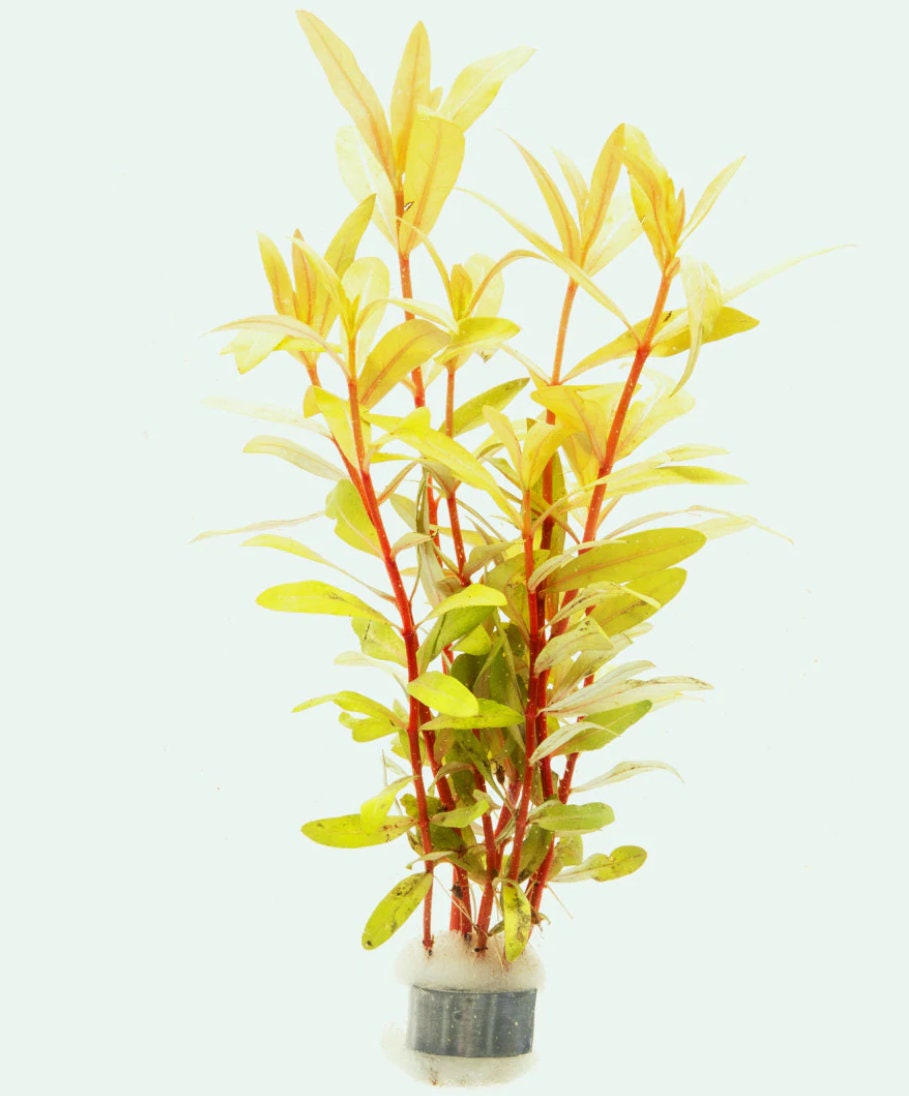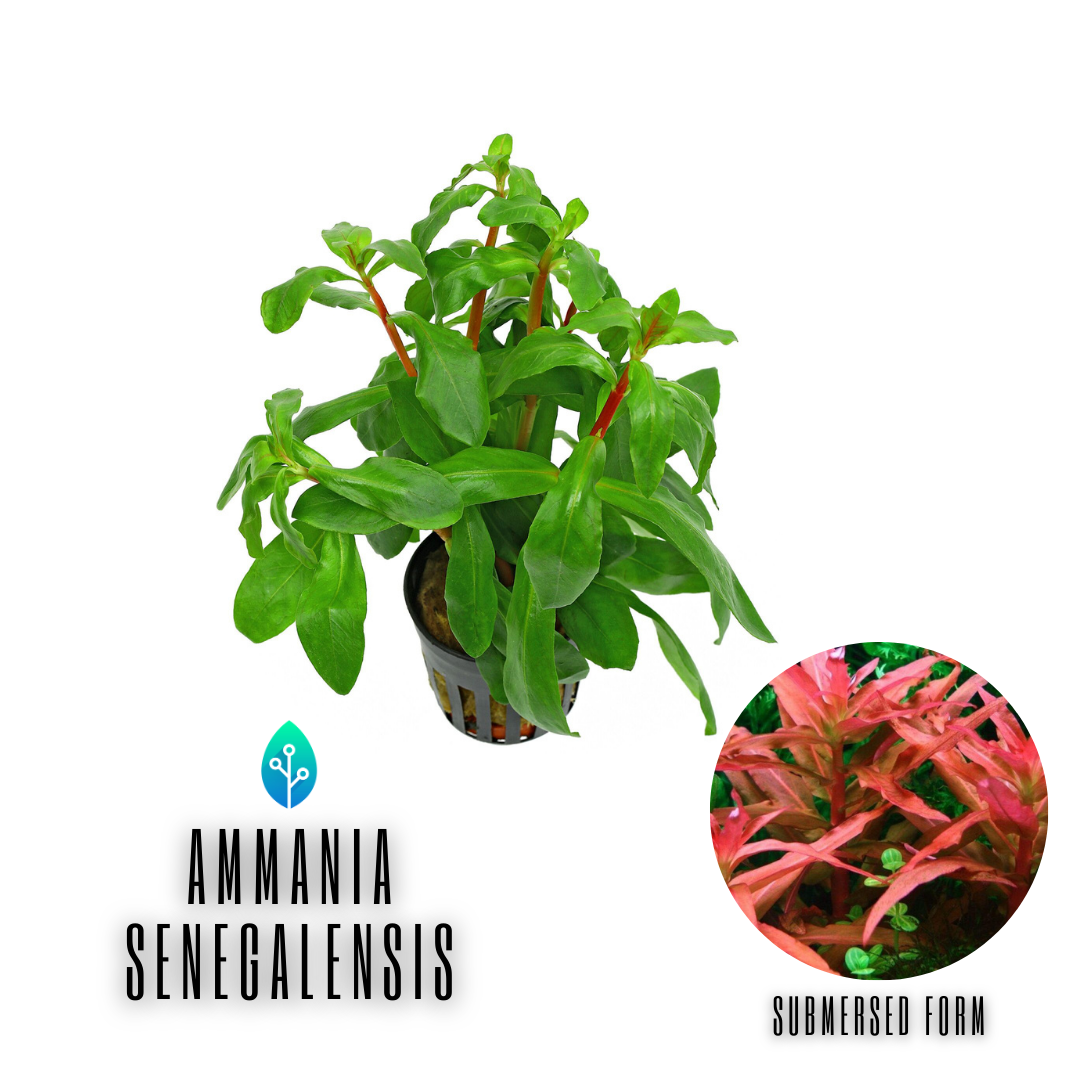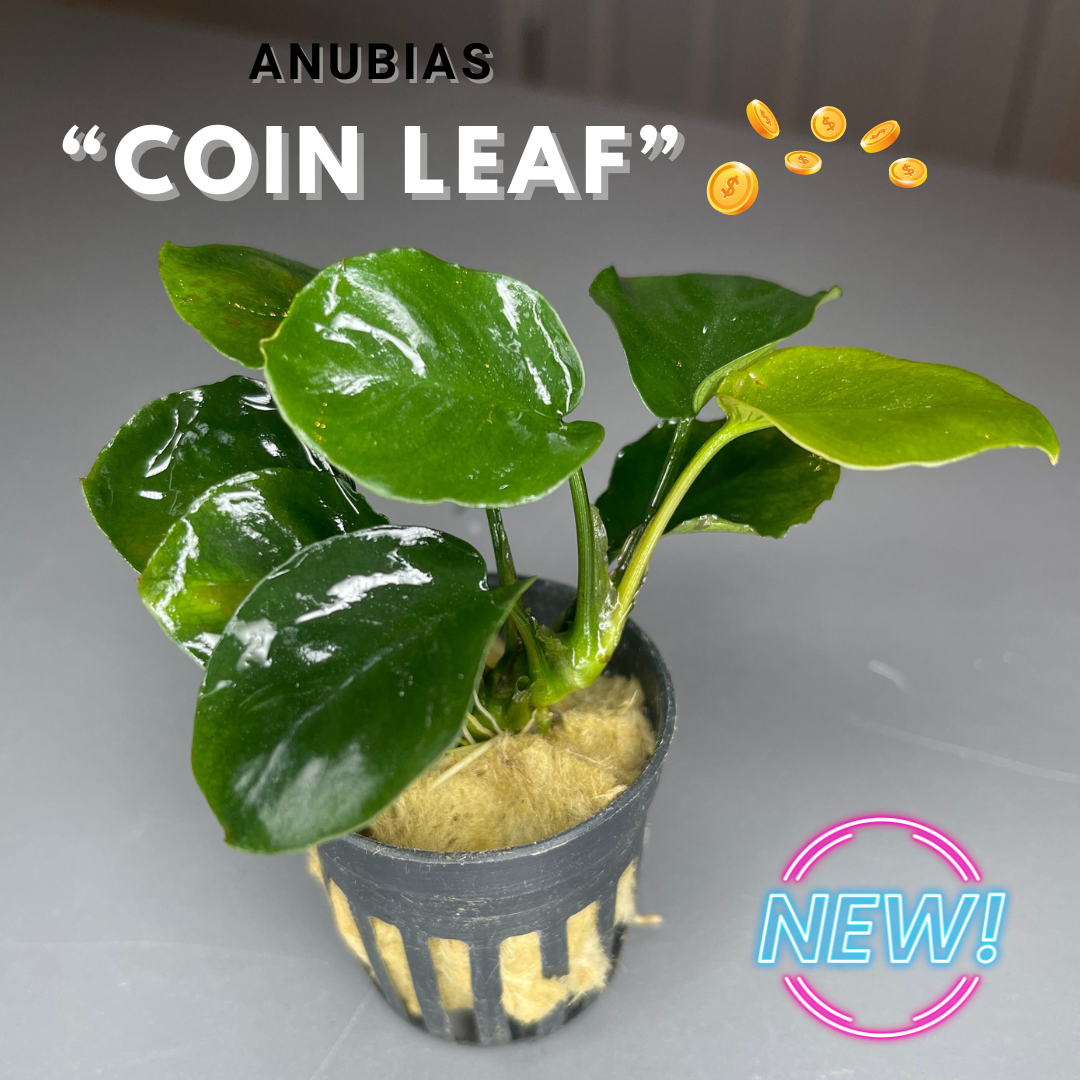Betta foerschi, also known as the Foersch’s Betta or Foerschi Betta, is a unique species of wild betta known for its vibrant appearance and gentle nature. This species originates from blackwater streams in Indonesia and is part of the mouthbrooding group of bettas, which makes it an interesting addition for aquarists looking to explore wild betta breeding behaviors.
Description
- Coloration: Betta foerschi males are particularly stunning, displaying a blend of metallic blue-green and red, especially on their fins. Their body is a deep brown with iridescent blue or green scales. Females are less colorful, with a lighter brown or tan body and more subtle iridescence.
- Size: They are moderately sized, reaching about 2-2.5 inches (5-6.5 cm) in length.
Habitat
- Natural Range: Native to the blackwater streams of Borneo, Betta foerschi is accustomed to soft, acidic water with a dark, tannin-stained color. These streams are slow-moving and dense with vegetation, providing ample cover.
- Aquarium Conditions: They thrive in an environment that mimics their natural habitat. This includes a temperature of 75-82°F (24-28°C) and soft, acidic water with a pH between 4.5 and 6.5. A heavily planted tank with low light and plenty of hiding spots, along with Indian almond leaves or driftwood, can help create a more natural setup.
Behavior
- Peaceful Nature: Betta foerschi are generally peaceful, both toward each other and toward other tank mates, though males can sometimes show mild aggression if crowded.
- Social Structure: They can be kept in pairs or small groups, with multiple females per male in larger aquariums. Adequate space and hiding spots help reduce any potential conflicts.
Feeding
- Diet: As carnivores, Betta foerschi prefer live or frozen foods such as brine shrimp, bloodworms, and daphnia. They may also accept high-quality micro-pellets, but a diet rich in live or frozen foods will bring out their best coloration and support health.
Breeding
- Mouthbrooding: Betta foerschi are paternal mouthbrooders. After a courtship display and spawning, the male collects the fertilized eggs in his mouth and incubates them for about 10-14 days. When ready, he releases fully formed fry that are prepared to swim and feed on small foods.
- Breeding Setup: A separate breeding tank with soft, acidic water and low lighting is recommended. Fine-leaved plants or spawning mops can encourage spawning behavior. The breeding pair should have ample space and minimal disturbance during the brooding period.
Care Tips
- Maintain stable, soft, and acidic water conditions with regular water changes to ensure their health.
- Gentle filtration, such as a sponge filter, is ideal to avoid strong currents.
- Providing plenty of plants and hiding spots will mimic their natural environment, helping them feel secure and promoting natural behaviors.
Betta foerschi is a wonderful choice for aquarists who appreciate the beauty and unique behaviors of wild bettas. Their peaceful nature, striking appearance, and mouthbrooding reproductive habits make them an interesting and rewarding species to care for, particularly for those interested in wild betta species.



